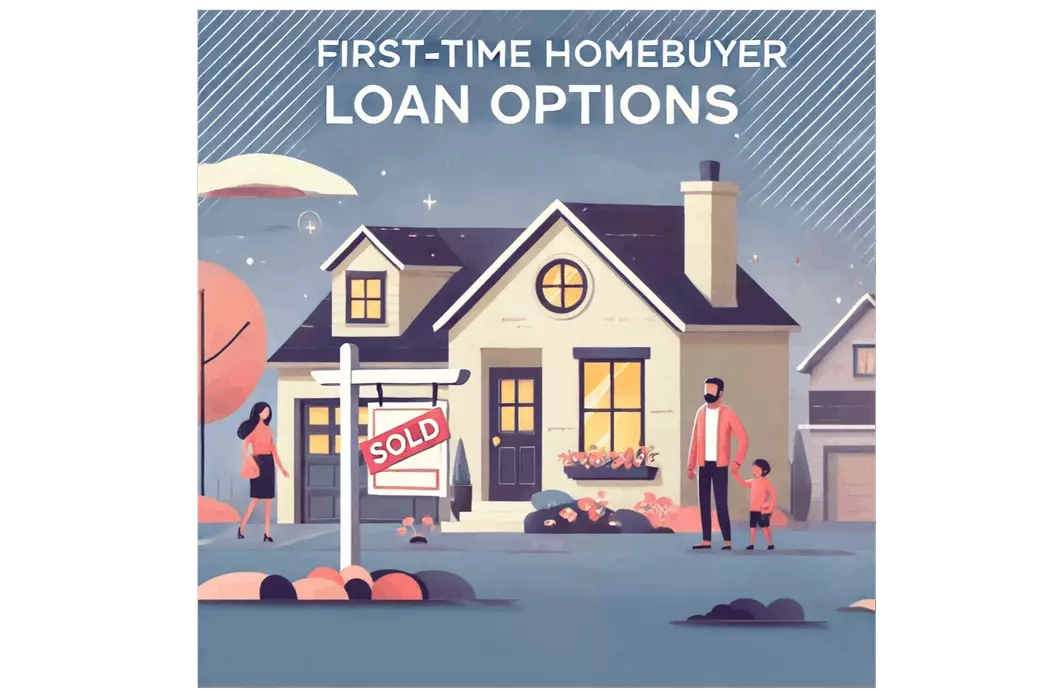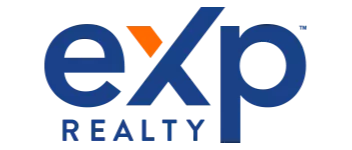First-Time Homebuyer Loan Options: Navigating the Loan Process

First-Time Homebuyer Loan Options: Your Guide to Navigating the Loan Process
Buying your first home is an exciting milestone, but understanding the financing options available can feel overwhelming. Many first-time buyers assume they need a 20% down payment to purchase a home, but there are many loan programs designed to make homeownership more accessible. Let’s break down the most common loan options to help you navigate the process and choose the one that fits your financial situation.
1. Conventional Loans
Conventional loans are a popular choice for many first-time buyers. These loans are not insured or guaranteed by the government, making them best suited for borrowers with strong credit and steady income.
Key Features:
- Down Payment: As low as 3% for eligible first-time buyers.
- Credit Requirements: Typically a credit score of 620 or higher.
- Private Mortgage Insurance (PMI): Required if your down payment is less than 20%. PMI can be canceled once you reach 20% equity in your home.
Who It’s For:
- Buyers with good credit who want competitive interest rates.
- Those planning to stay in the home long enough to build equity and eventually cancel PMI.
2. FHA Loans
The Federal Housing Administration (FHA) offers loans designed to help buyers with lower credit scores or smaller down payments qualify for financing.
Key Features:
- Down Payment: 3.5% for buyers with a credit score of 580 or higher.
- Credit Requirements: Scores between 500-579 may qualify with a 10% down payment.
- Mortgage Insurance: FHA loans require both an upfront mortgage insurance premium (MIP) and annual premiums throughout the life of the loan.
Who It’s For:
- Buyers with less-than-perfect credit.
- First-time buyers who need a low down payment option.
3. VA Loans
If you’re a veteran, active-duty service member, or eligible family member, VA loans offer unbeatable benefits for financing your home. These loans are backed by the U.S. Department of Veterans Affairs.
Key Features:
- Down Payment: $0 down, making it one of the most affordable options for eligible buyers.
- Credit Requirements: No minimum score is required by the VA, though most lenders prefer a score of 620 or higher.
- No Mortgage Insurance: Unlike FHA or conventional loans, VA loans don’t require monthly mortgage insurance, saving you money over time.
- Funding Fee: A one-time fee helps fund the program but can often be rolled into the loan amount.
Who It’s For:
- Qualified veterans, active military personnel, and eligible spouses.
4. USDA Loans
The U.S. Department of Agriculture (USDA) offers loans for buyers in eligible rural or suburban areas with moderate to low income.
Key Features:
- Down Payment: $0 down for qualified buyers.
- Credit Requirements: Most lenders prefer a score of 640 or higher.
- Mortgage Insurance: Includes an upfront guarantee fee and annual premiums, similar to FHA loans.
Who It’s For:
- Buyers looking to purchase in rural or suburban areas.
- Moderate- to low-income households who meet eligibility requirements.
5. State and Local Assistance Programs
Many states and local governments offer first-time homebuyer assistance programs that provide grants, loans, or tax incentives to help cover down payments and closing costs.
What to Look For:
- Grants or Forgivable Loans: Some programs offer funds you don’t have to repay if you meet certain conditions.
- Down Payment Assistance: Matching funds or low-interest loans to help with upfront costs.
Who It’s For:
- Buyers who qualify based on income, location, or other criteria.
- First-time buyers seeking additional help with upfront costs.
How to Choose the Right Loan Option
Selecting the best loan for your situation requires careful consideration of your financial goals, credit history, and long-term plans. Here’s how to get started:
- Evaluate Your Finances: Review your credit score, income, and savings to understand what you can afford.
- Research Loan Programs: Compare the pros and cons of each option, focusing on down payment requirements, interest rates, and long-term costs.
- Get Pre-Approved: Work with a trusted lender to secure pre-approval, giving you a clear picture of your buying power.
- Ask for Guidance: Partner with a real estate professional who can connect you with lenders and help you navigate the process.
Final Thoughts: Making Homeownership Achievable
Buying your first home doesn’t have to feel out of reach. With a range of loan options tailored to different needs, you can find a path to homeownership that works for you. From conventional loans to specialized programs like VA or USDA loans, understanding your options is the first step toward achieving your dream of owning a home.
If you have questions or would like help connecting with a trusted lender, I’m here to assist. Contact me today to take the next step on your home-buying journey!
Categories
Recent Posts











"My mission is to make your real estate journey as smooth and stress-free as possible. Whether you're buying your first home or navigating financial challenges, I'm here to provide transparent, friendly, and timely support every step of the way."
